I have some problems with understanding the motor constants from the datasheet. I cannot verify, how they even came to this parameters. So, for line to line, the following relations hold between the BEMF constant Ke and the motor speed constant Kv:
For the torque constant Kt, the relation to Ke/Kv looks like this:
Now if we consider a star connected PMSM motor, there is a factor in the relation between the torque constant and Kv:
Now lets have a look at a real motor datasheet:
This is a two pole pair PMSM motor, star connected. According the calculations above, this motor should have a torque constant of 0.081Nm/A for a Ke of 9.8V/1krpm. Further, I bougth the motor and tested it, so the Kv (speed for a given nput voltage into the controller) is 72rpm/V, that leads to a Ke = 13.88V/1krpm, not as stated in the datasheet. Also the torque relation is then 0.114Nm/A, what I also could verify with measurements. So is the datasheet wrong here or do I something wrong with my calculations?
I had a look at different datasheets of different manufacturers, but somehow I don't see, how to connect to real motor parameters.
If the BEMF for a phase in star connection is 15.6V/1krpm, then how it comes, the speed is limited to 1950rpm? Shouldn't this speed be much higher for this constant, or must I first calculate the line to line BEMF, which is by a factor of 1.5 higher?





